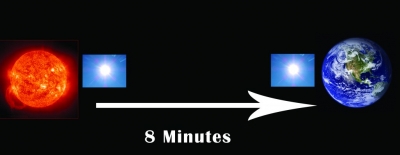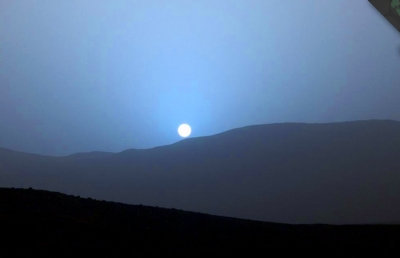
When it’s a planet! Venus is sometimes called the ‘evening star’ because it’s so bright it’s one of the first points of light we see shining as it gets dark. Planets don’t make their own light – they reflect the Sun’s light.
Is it true? Venus is bigger than the Earth.
No. Venus is a fraction smaller than the Earth, but not by much. Venus is about 12,104 km across, whereas Earth is about 650 km wider. Venus’s mass is about four-fifths of Earth’s.
How can a day be longer than a year?
A day is the amount of time a planet takes to spin on its axis, and a year is the time it takes to travel around the Sun. Venus spins on its axis very slowly, but orbits the Sun more quickly than Earth. A day on Venus lasts 243 Earth-days, but a year is only 225 Earth-days.
Amazing! Venus is named after a goddess. Venus was the name of the Roman goddess of love and beauty – just right for the planet, which many people think is the most beautiful object in the sky.
Picture Credit : Google





